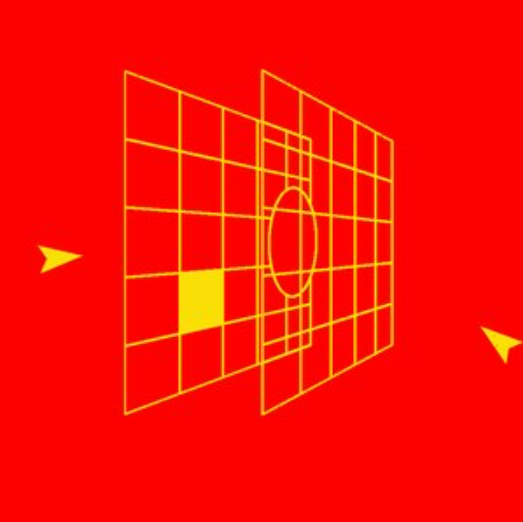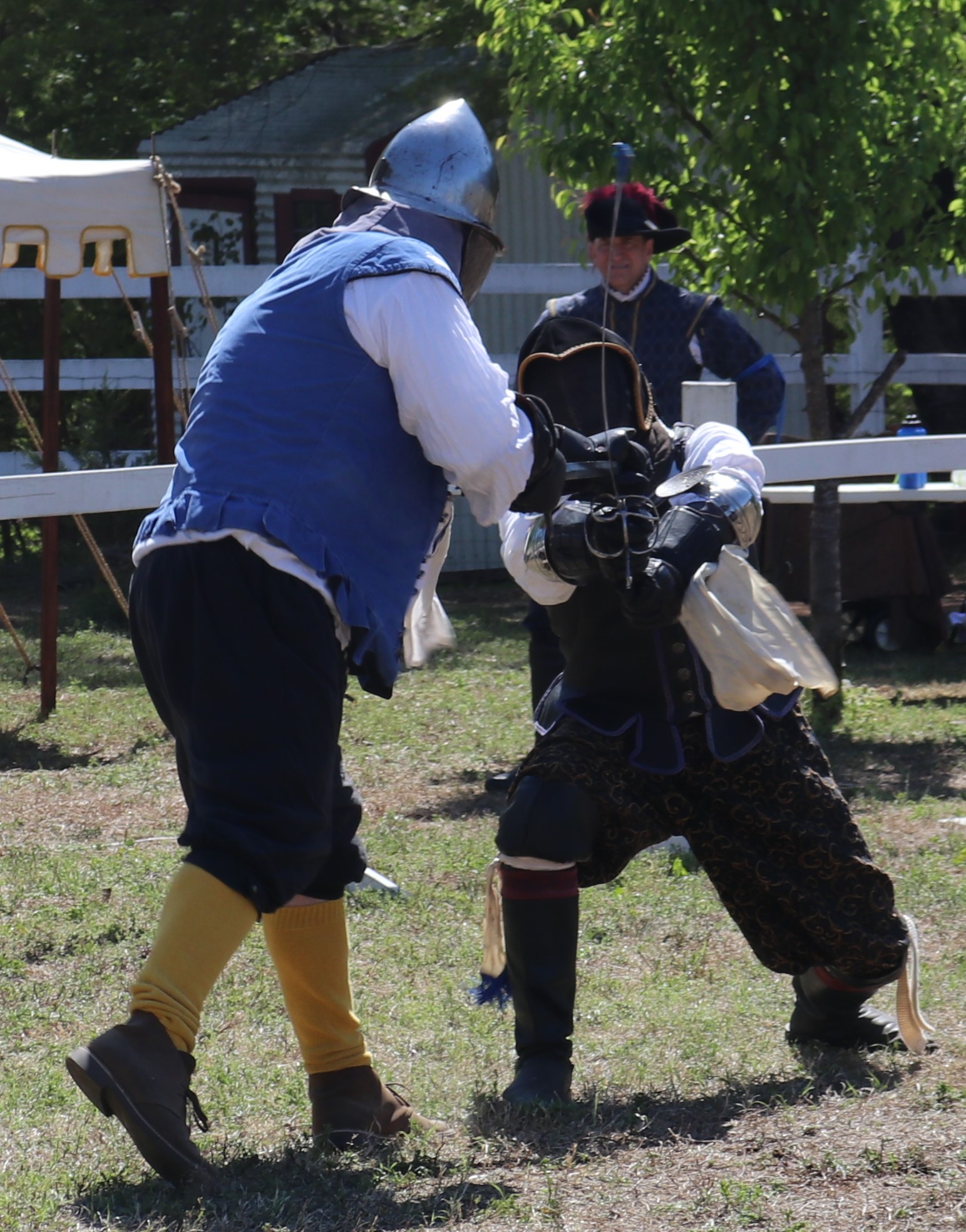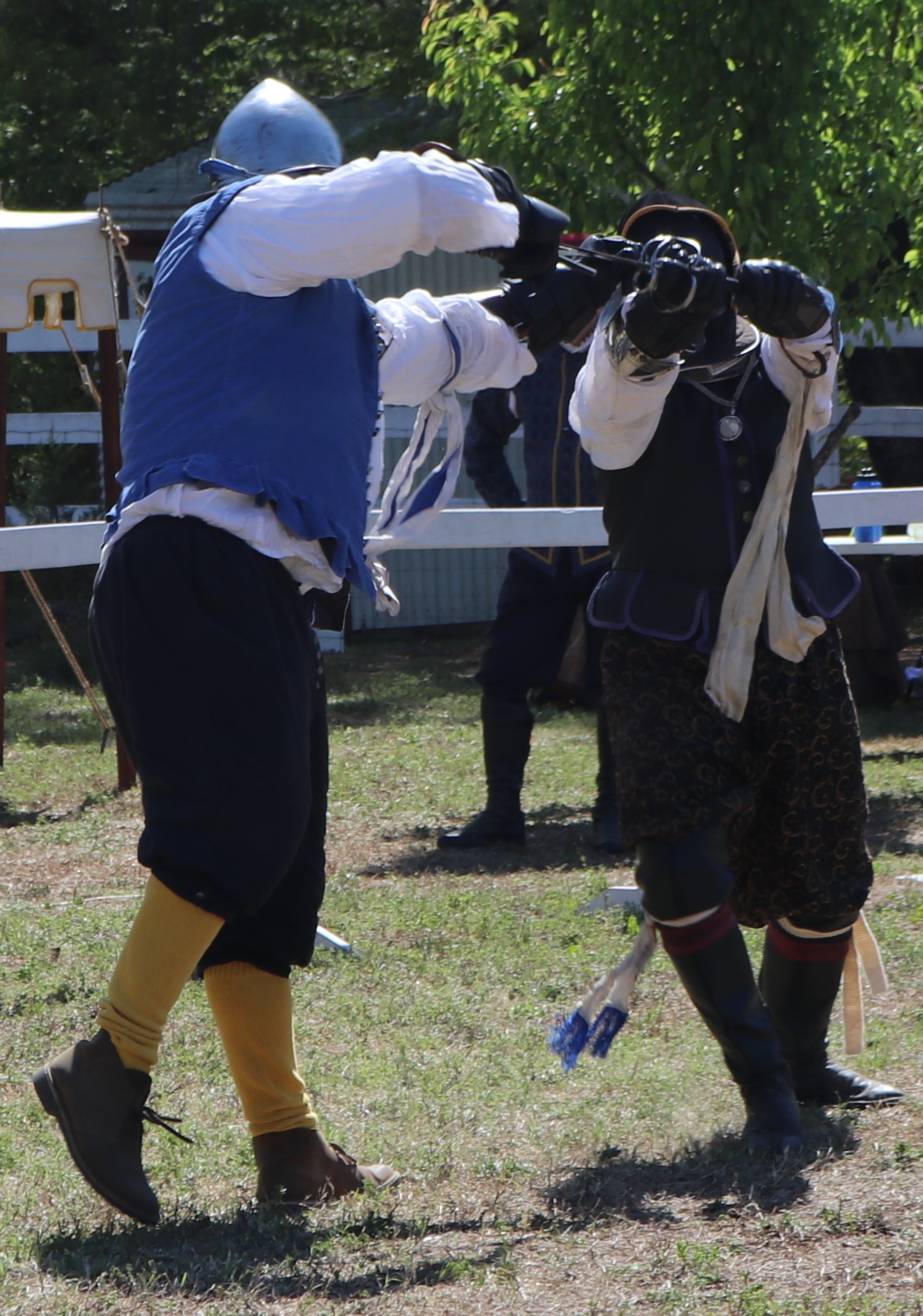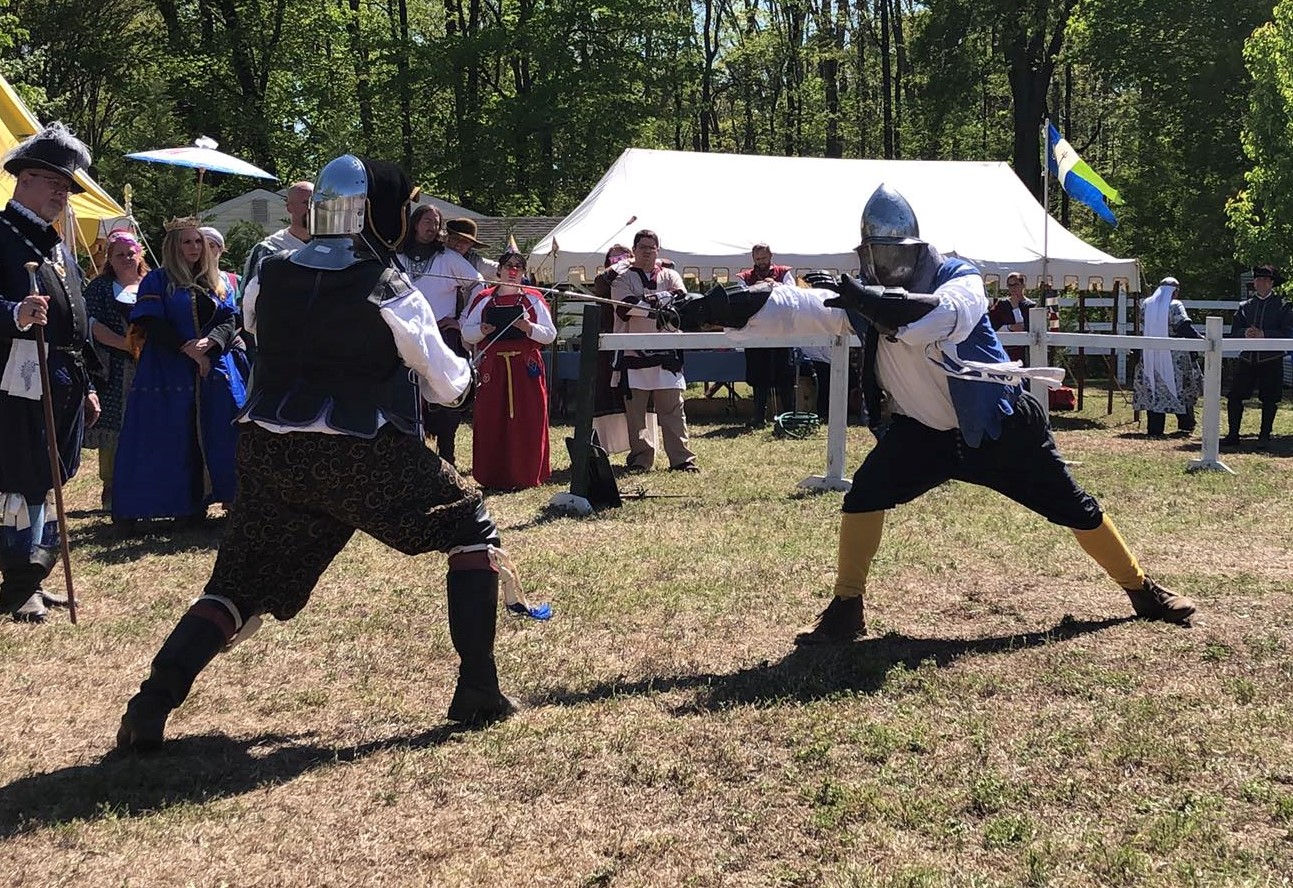Introduction
At a recent all day fencing event, one of the experienced fencers brought up the topic of "visualizations". These are shortcuts that help us to simplify the complex state of a fight into a relevant reduced form. Various fencers popped up with "heat map", "force field", and I said "wall". Master Aeron thought about it a moment and asked "you mean like on an X-wing targeting computer?" I agreed that he was pretty close. Alas, both of our Star Wars nerd-fu had failed and what we were both thinking of was in fact, the Millennium Falcon's targeting computer, not the X-wing:

This article will not protect you from TIE fighters
So, this article will be my first attempt to explain the wall visualization and how it can be applied to fencing. A video version of this article can be viewed at https://youtu.be/fr4tMXaLKQM .
Mental Models
Mental models are critical for moving from rote repetition towards true mastery. Building mental models allow one to understand why a system works and allows one to generalize the system and apply it to situations that aren't identical to the limited set of plays used to explain the system. See Peak: Secrets from the New Science of Expertise, Anders Ericsson and Robert Pool, 2016, ISBN 0544947223.
A visualization is not a fencing system. It is one approach to building a mental model of how a particular move or play works. Different visualizations may work for different people or better represent different portions of a fight. They can be very useful if the simplification they allow reduces the load on your mental computer in mid-fight in an effective way. They should be adjusted or abandoned if they are not efficient or effective. Understanding an opponent's visualization approach could allow one to trick them.
Geometry
Any two, intersecting, non-colinear, lines define a plane. Anytime your sword is in contact with your opponent's sword there is one flat plane that contains both swords. That plane can be at just about any angle and alignment.
That plane is my "wall".
The relatively safe side of the wall is the side that has your sword on it. The relatively dangerous side of the wall is the side with your opponent's sword on it. You want to keep most of your body on the safe side of the wall most of the time and maneuver your sword and body so that enough of your opponent's body is on your side of the wall for you to hit them.
Examples
In all of these pictures I am the fencer with the metal helm.

In this first picture, the wall is vertical on the right side of the image. Both fencers are on the left side of the wall, which is the ideal situation for the fencer on the left (me) who is striking his opponent in the throat and is momentarily safe from being struck in return. A moment later...

...the wall has rotated to nearly horizontal, although it is a little higher on the left where the taller fencer is keeping the shorter one from being able to reach his head while keeping the point on the shorter fencer's throat. In this case, the blue/yellow fencer's good side (the side with his blade) is the bottom 90% of both people and the dark blue fencer's good side of the wall is the upper 5-10% of both people. An improvement from the earlier 0%, but not much of one.

In this shot, we have the same two fencers with positions reversed and with rapiers rather than longswords. The blue/yellow fencer has lunged, but the fencer on the left through a parry and body motion has shifted the wall away from the camera so that the lunge misses and both fencers are now on the side of the wall with his blade.

This shot shows an almost identical situation on a different day with a different opponent for Mr. Yellow Socks (me). Clearly I had a target on my side of the wall when I initiated my lunge. But, my opponent through a parry and a body void has shifted the wall to his left side and made me miss. Here the wall is nearly vertical, but I have the secondary protection of my buckler to perhaps save me from being in the wrong place.

And finally, in this shot the wall is almost horizontal - perhaps a little higher on the right and lower on the left. My sword (I have the metal helm) is on top and my opponent's is on the bottom. That makes the upper halves of both fencers on my side of the wall and the lower halves on his side. I am in a much better position at this moment.
More Nebulous Walls
While this visualization makes the most sense when swords are in contact, it is easy to extend to swords that are close, but not in contact as when one fighter gains the other sword. With a bit more work it can be extended to swords that are well apart (as in Fiore's concept of cover).
If you're not quite seeing it
A video version of this article can be viewed at https://youtu.be/fr4tMXaLKQM .
